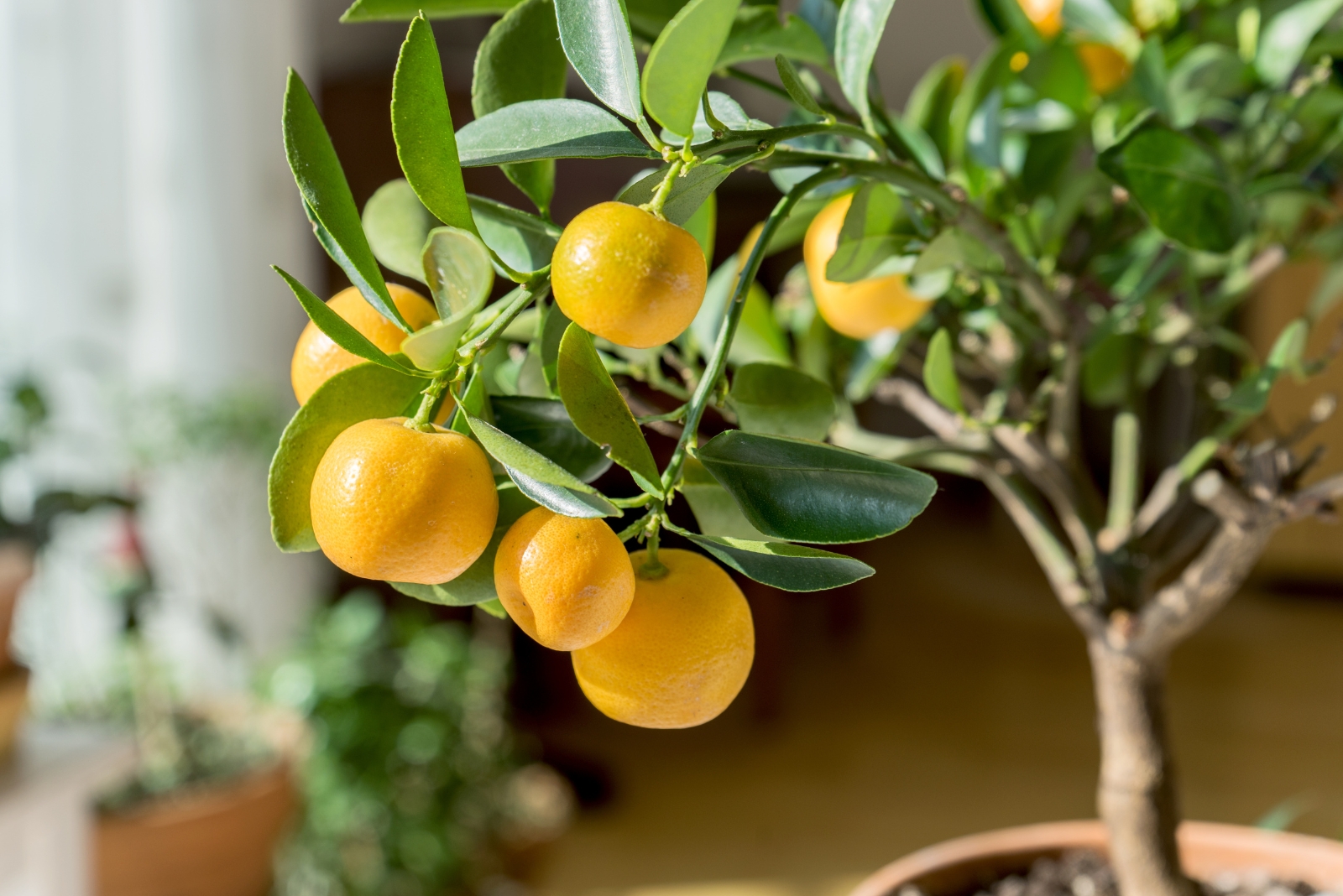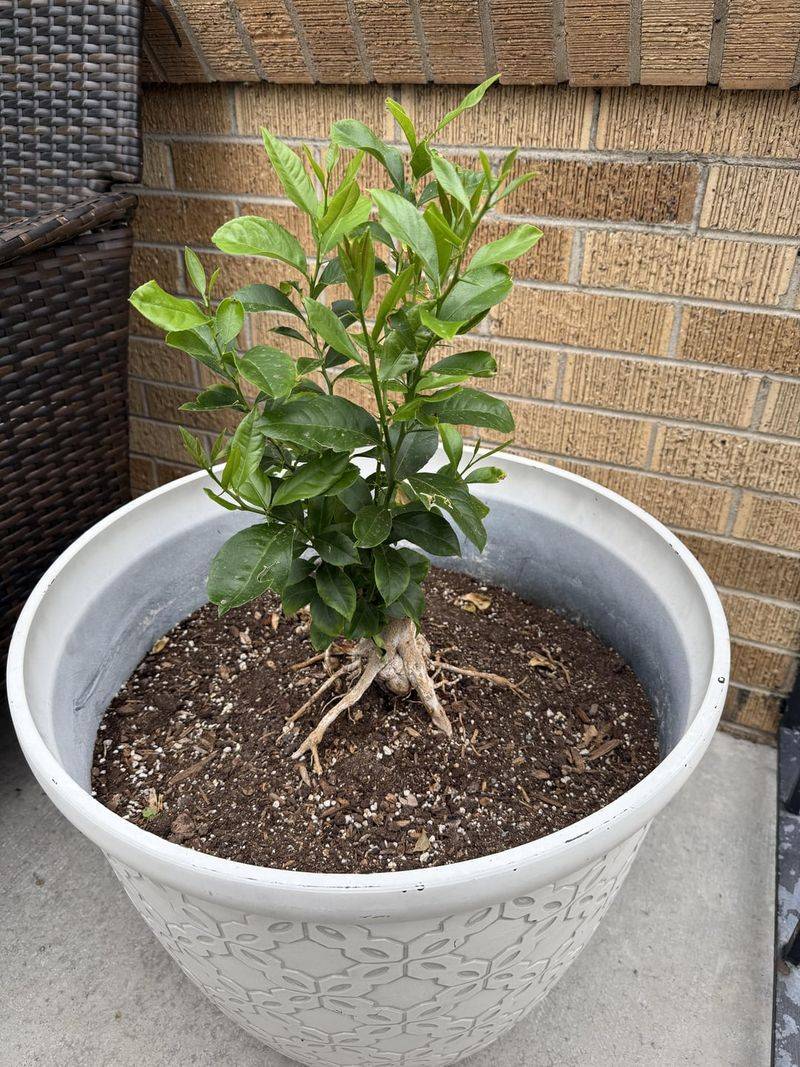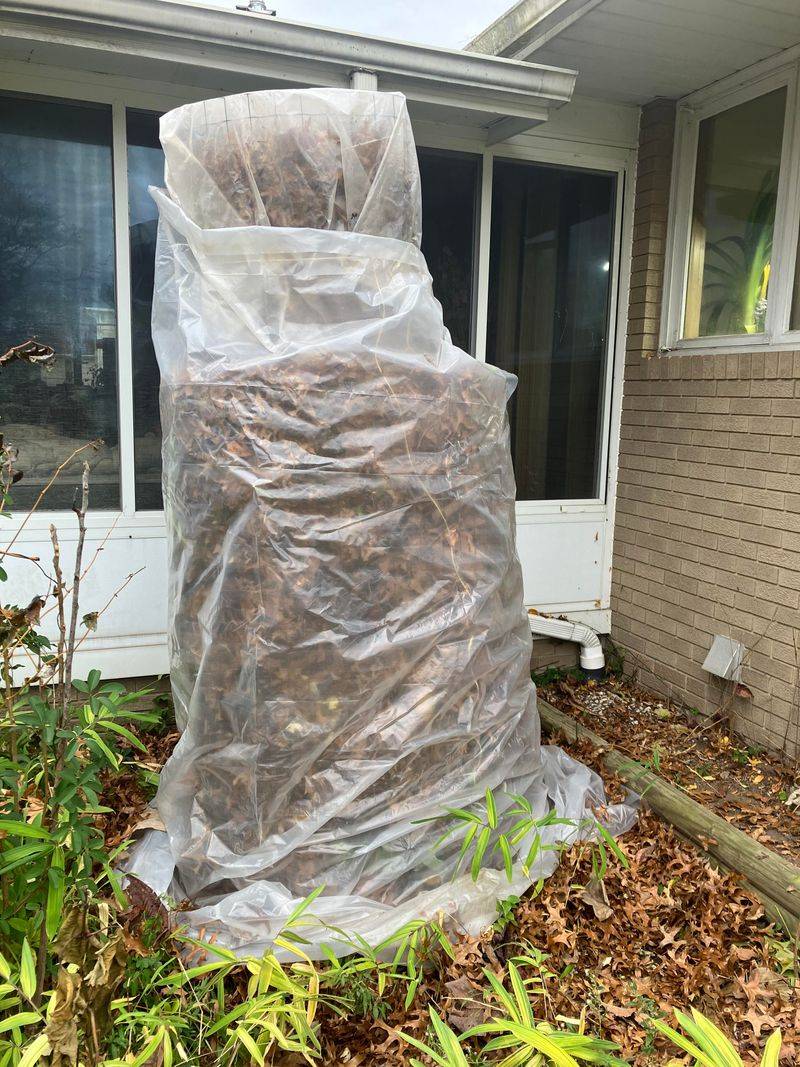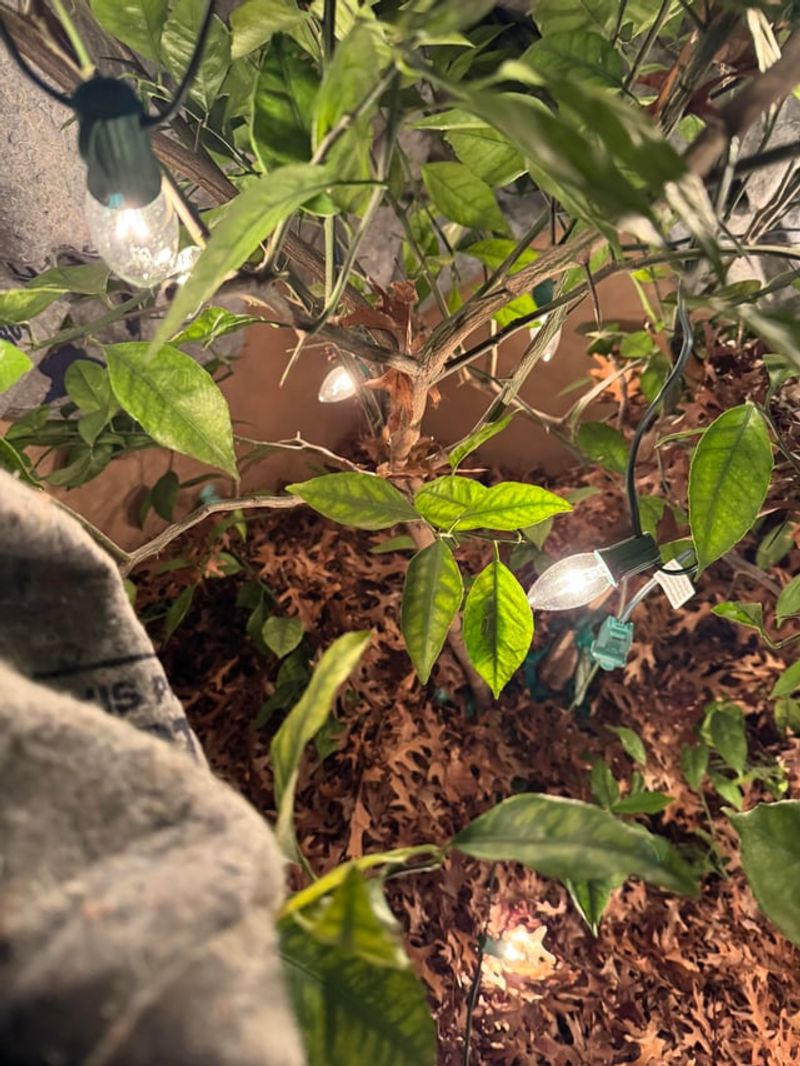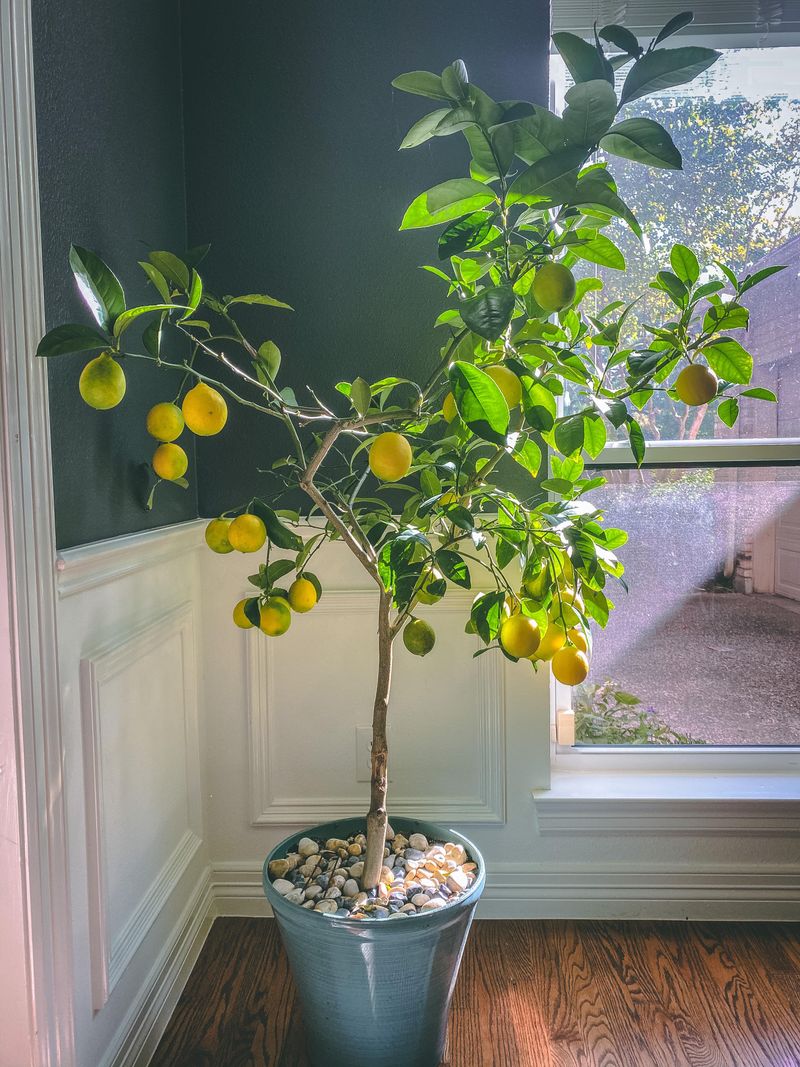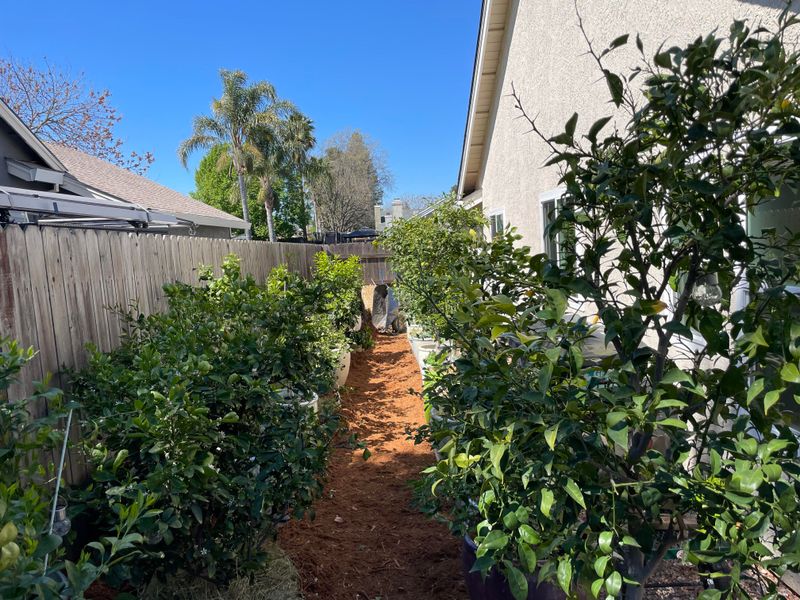Georgia’s chilly nights can be rough on citrus trees if you don’t prep them early. I learned the hard way that a little extra care in November makes all the difference.
These trees stay stronger when given the right protection before winter rolls in. A few simple steps now help them bounce back beautifully in spring.
1. Move Container Trees Indoors Before the First Freeze
Container citrus trees offer flexibility that in-ground trees don’t have. Before Georgia’s first freeze arrives, wheel or carry your potted lemon and lime trees into a protected space like a garage, sunroom, or heated greenhouse.
Choose a spot with plenty of natural light, ideally near south-facing windows. Indoor temperatures between 55 and 70 degrees work best for citrus during their dormant period.
Water less frequently indoors since evaporation rates drop significantly without outdoor wind and sun exposure.
2. Apply Thick Mulch Layers Around the Tree Base
A generous blanket of organic mulch acts like a warm coat for citrus roots during chilly Georgia nights. Spread 4 to 6 inches of pine straw, wood chips, or shredded leaves in a circle extending at least two feet from the trunk.
Keep mulch a few inches away from the actual trunk to prevent rot and pest problems. This insulation layer helps soil retain heat and protects shallow feeder roots from temperature swings.
Mulch also reduces moisture loss, which is crucial since citrus trees still need hydration through winter months.
3. Wrap Tree Trunks with Insulating Materials
Young citrus trees in Georgia gardens benefit enormously from trunk protection during cold spells. Wrap the lower trunk and main branches with burlap, frost blankets, or even old blankets secured with twine or duct tape.
Start wrapping from the ground up to about three feet high, covering the most vulnerable wood. Remove wrappings during warm sunny days to prevent moisture buildup and fungal growth underneath.
Trunk wraps are especially important for newly planted trees that haven’t developed thick protective bark yet.
4. Build a Temporary Cold Frame or Mini Greenhouse
Constructing a simple protective structure creates a microclimate that shields citrus from Georgia’s coldest nights. Use PVC pipes or wooden stakes to build a frame around your tree, then drape clear plastic sheeting or frost cloth over it.
Secure the covering with stakes or heavy rocks, but leave one side partially open for air circulation during warmer days. Cold frames trap heat from the sun and soil, keeping temperatures several degrees warmer inside.
Remove or open the structure when temperatures rise above 50 degrees to prevent overheating.
5. Install Outdoor Christmas Lights for Gentle Heat
Old-fashioned incandescent Christmas lights generate enough warmth to raise temperatures around citrus trees by several crucial degrees. String lights throughout the branches before covering the tree with frost cloth or blankets for maximum effectiveness.
The combination of light heat and insulating cover creates a protective cocoon during Georgia freeze warnings. LED lights don’t produce heat, so make sure you’re using traditional bulbs for this trick.
Turn lights on when temperatures are predicted to drop below 28 degrees for best results.
6. Reduce Watering Frequency as Temperatures Drop
Citrus trees naturally slow their growth when Georgia’s cooler weather arrives, which means they need less water than during summer months. Overwatering in winter can lead to root rot and makes trees more susceptible to cold damage.
Check soil moisture by sticking your finger two inches deep before watering. Water only when the top few inches feel dry, typically every two to three weeks depending on rainfall.
Well-drained soil is critical since waterlogged roots are more vulnerable to freezing temperatures and disease problems.
7. Stop Fertilizing to Encourage Dormancy
Feeding citrus trees in late fall encourages tender new growth that won’t survive Georgia’s winter cold. Stop all fertilizer applications by mid-October to allow trees to naturally harden off and prepare for dormancy.
New growth stimulated by fertilizer is extremely frost-sensitive and will suffer damage even in mild freezes. Resume feeding in early spring when temperatures consistently stay above 55 degrees and new growth naturally emerges.
Hardened-off trees with mature wood handle cold weather much better than trees with soft, actively growing shoots and leaves.
8. Plant Citrus on the South Side of Your Home
Location matters tremendously for citrus survival in Georgia’s variable climate. If you’re planting new trees before winter, choose spots on the southern or southeastern side of your house, fence, or garage.
These protected locations receive maximum sunlight and benefit from radiant heat that buildings release overnight. Walls and structures also block harsh north winds that can quickly damage citrus foliage and fruit.
Raised beds in these warm microclimates offer even better drainage and slightly warmer soil temperatures throughout winter months.

